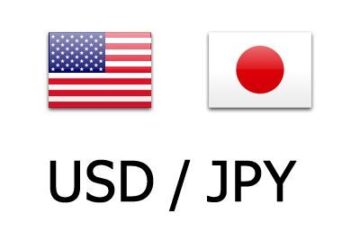The concept of tariffs is pretty straightforward.
Importers pay a tax on goods they bring in from other countries, and those taxes are often passed on to the consumer in the form of higher prices.
💵💰Don’t miss the move: Subscribe to TheStreet’s free daily newsletter 💰💵
In theory, the point is to give domestic producers a leg up by making foreign goods costlier. In practice, prices for both domestic and foreign goods will likely go up as domestic producers raise price levels to match the competition.
This happened famously during the first President Donald Trump administration.
In January 2018, Trump imposed 20% to 50% tariffs on large residential washing machines. The tariffs expired six years later during President Joe Biden’s presidency in February 2023.
This wasn’t Washington D.C.’s first battle against the home appliance.
Related: For new car buyers, tariffs can’t come at a worse time
In 2012, President Barack Obama’s administration placed antidumping duties on imported washers from Mexico and South Korea before expanding those duties to China in 2016.
Trump expanded those duties to universal tariffs on all imported washing machines two years later.
Predictably, the price of washers increased 12% following the 2018 tariffs. But maybe not so predictably, the cost of dryers (which were not subject to any additional tariffs) also rose by 12%.
Tariffs on auto parts are exected to go into effect in two weeks.
Image source: Getty Images
The price of owning a car is about to ratchet up
It turns out that the prices of products consumers may buy in tandem go up at the same rate, even if one product has no external forces acting upon it.
The American Economic Review published a 2020 report about this phenomenon titled “The Production Relocation and Price Effects of US Trade Policy: The Case of Washing Machines.”
But this doesn’t happen just with home appliances. The automotive industry is about to feel the effects of Trump’s 25% auto tariffs in more ways than one.
Related: China may have made its first big mistake in U.S. trade war
There is another set of 25% tariffs on some auto parts expected to go into effect May 3.
While 50% of auto part imports comply with the United States-Mexico-Canada (USMCA) agreement that excludes them from tariffs, the other 50% of parts are spread out in cars that could otherwise be duty-free.
“There’s not a lot of clarity around which tariffs are stacked on top of each other,” Ryan Mandel, auto physical damage solutions claims performance director for collision repair company Mitchell International, told Repair Driven News.
While car parts like sheet metal, outer closure components, and components for parts like the hood, fender, quarter panels, doors, and bumper do not fall under the new tariffs, according to Mandel, other parts like the copper, ceramics, glass, and plastics sourced globally in the advanced driver-assistance systems do.
Car repairs and other hidden costs affected by tariffs
While the sheet metal for cars is duty-free, the aluminum most cars are made of certainly is taxed.
About 47% of the aluminum used in vehicles is imported, according to Mitchell, and 20% of automotive replacement parts are made of aluminum.
So, if you get into a car crash, there’s a good chance these tariffs will make at least some of your repairs more expensive.
The firm estimates that repairing steel damage could cost $20.27 more per claim, while aluminum repairs are expected to see a $20.94 increase.
The cost of repairing electronics and safety components could increase by $47.61.
“We definitely expect the cost of repair to increase… when you look at all this, about $20 per raw material increase in the cost of repair, this really just goes to the increase in manufacturing those collision replacement parts that will trickle down to the part itself,” Mandell said. “As the input costs increase, the final product cost would increase as well.”
Related: Veteran fund manager unveils eye-popping S&P 500 forecast


